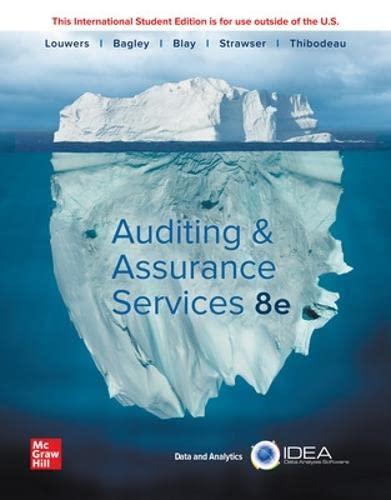



Pelcher Company's current year income statement, comparative balance sheets, and additional information follow. For the year, (1) all sales are credit sales, (2) all credits to Accounts Receivable reflect cash receipts from customers, (3) all purchases of inventory are on credit, (4) all debits to Accounts Payable reflect cash payments for inventory, and (5) Other Expenses are paid in advance and are initially debited to Prepaid Expenses. Additional Information on Current Year Transactions a. The loss on the cash sale of equipment was $7,100 (details in b). b. Sold equipment costing $64,000, with accumulated depreciation of $37,000, for $19,900 cash. c. Purchased equipment costing $141,000 by paying $34,000 cash and signing a long-term note payable for the balance. d. Borrowed $7,000 cash by signing a short-term note payable. e. Paid $87,000 cash to reduce the long-term notes payable. f. Issued 4,500 shares of common stock for $20 cash per share. \begin{tabular}{|l|l|l|l|l|l} \hline No & \multicolumn{1}{|c|}{ Date } & Decount Title & Debit & \\ \hline 1 & December 31 & Cash & & \\ \hline & & Accounts receivable, net & & \\ \hline & & Sales & & \\ \hline & & & & \\ \hline \end{tabular} Prepare the Statement of Cash flows for the year ended December 31 , current year using the Direct Method. Hint Use the Cash T-account on the General Ledger tab to identify the sources and uses of cash. List cash outflows as negative values. natec. to: Prepare the operating activities section of the statement of cash flows using the indirect method. Enter reductions to net cash provided by operating activities as negative values. Pelcher Company's current year income statement, comparative balance sheets, and additional information follow. For the year, (1) all sales are credit sales, (2) all credits to Accounts Receivable reflect cash receipts from customers, (3) all purchases of inventory are on credit, (4) all debits to Accounts Payable reflect cash payments for inventory, and (5) Other Expenses are paid in advance and are initially debited to Prepaid Expenses. Additional Information on Current Year Transactions a. The loss on the cash sale of equipment was $7,100 (details in b). b. Sold equipment costing $64,000, with accumulated depreciation of $37,000, for $19,900 cash. c. Purchased equipment costing $141,000 by paying $34,000 cash and signing a long-term note payable for the balance. d. Borrowed $7,000 cash by signing a short-term note payable. e. Paid $87,000 cash to reduce the long-term notes payable. f. Issued 4,500 shares of common stock for $20 cash per share. \begin{tabular}{|l|l|l|l|l|l} \hline No & \multicolumn{1}{|c|}{ Date } & Decount Title & Debit & \\ \hline 1 & December 31 & Cash & & \\ \hline & & Accounts receivable, net & & \\ \hline & & Sales & & \\ \hline & & & & \\ \hline \end{tabular} Prepare the Statement of Cash flows for the year ended December 31 , current year using the Direct Method. Hint Use the Cash T-account on the General Ledger tab to identify the sources and uses of cash. List cash outflows as negative values. natec. to: Prepare the operating activities section of the statement of cash flows using the indirect method. Enter reductions to net cash provided by operating activities as negative values










